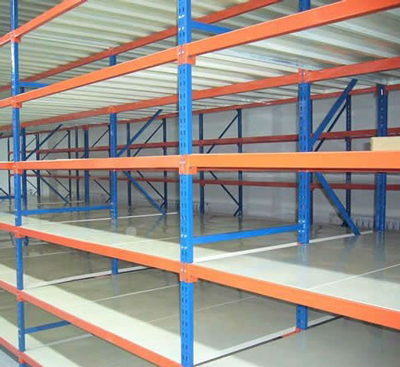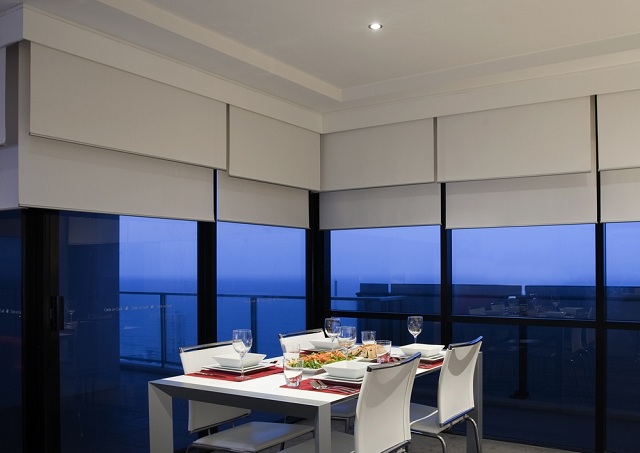A Guide to Throttle Controllers: How They Work and What to Look for
If you’re contemplating installing an aftermarket throttle controller on your Dodge Journey, you’ve probably read a ton of great claims online about throttle controllers providing free power. While you may get an improvement in performance, you won’t get free horsepower. There are a lot of myths surrounding throttle controllers, and they’re just that – myths. Throttle controllers can be beneficial, but not how most people think they are. Here’s everything you need to know before you get a Dodge Journey electronic throttle control.
Simply put – throttle controllers don’t provide free horsepower, contrary to what many vendors claim. In fact, any manufacturer or vendor that claims they do, you should avoid at all costs. However, a Dodge Journey electronic throttle control will change how your ECU reads the input sent through the acceleration pedal, and will improve the response time of the throttle openings.
Most controllers feature different settings – from economy to factory and ultimate modes. This allows you to tune the controller based on how you’re driving. Driving during rush hour and there’s tons of traffic, so you need to constantly stop and go? Economy mode will help you save fuel and make acceleration smoother, without any jerkiness. Hauling heavy loads and need an extra push when accelerating? Ultimate or power mode will give you the extra shove you need. Driving conditions changing constantly? Worry not – there’s an automatic mode, which will adjust the settings based on how hard you press the pedal.
How do Throttle Controllers Work?
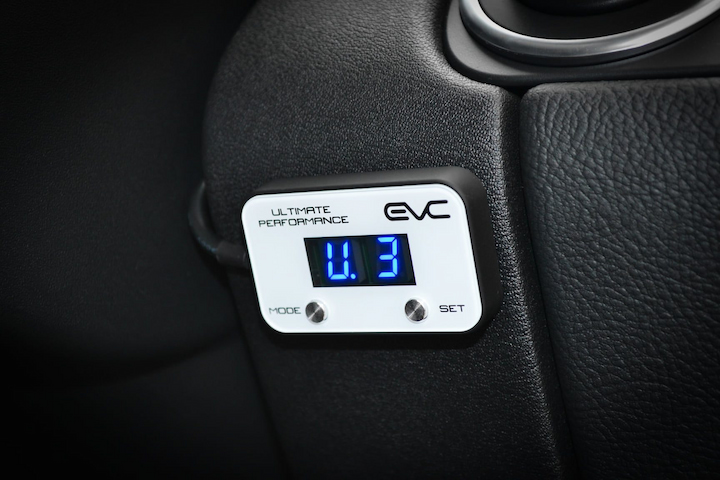
In order to understand how throttle controllers work, you need to first understand how the ECU reads the signal input coming from the accelerator pedal. Most modern vehicles, including your Dodge Journey, feature a fly-by-wire throttle system, where a signal voltage is sent from the pedal box transducer to the vehicle’s engine control unit. The more voltage (the harder you press the pedal) sent, the more the throttle body opens.
However, the throttle signal in factory settings is sent as a ramp-up signal, meaning if you press the pedal as hard as possible, the signal won’t be sent as 100% right away. It will take a second or two to reach 100%, in order to remove the jerkiness from the acceleration profile.
This is where an aftermarket throttle controller comes in – you plug the module between the pedal and ECU, which will manipulate the signal sent to the ECU. You don’t modify the mapping of the ECU, only the speed and voltage input it receives from the transducer.
What Can You Expect From This?
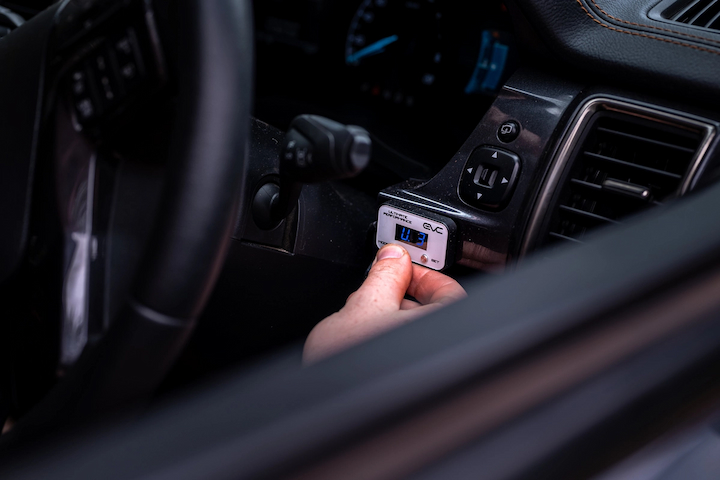
The main difference will be noticed in the acceleration profile. You will accelerate sooner and more aggressively. Depending on the controller, you can also reduce the throttle input. This doesn’t mean that the signal will be sent physically faster, as its already sent at the speed of light (almost), it means that the pedal position will be read from the ECU as 100% almost instantly, as opposed to ramping up over a second or two.
For instance, on factory settings, 10% input will provide a 10% throttle signal to the ECU. With a throttle controller, however, and depending on the type of profile you set, a 10% pedal input can provide a 50% throttle signal to the ECU. Additionally, the 50% signal will be read instantly, as opposed to the smoothened ramp-up signal. This will make your Journey feel quicker and more responsive than before.
What to Look for?
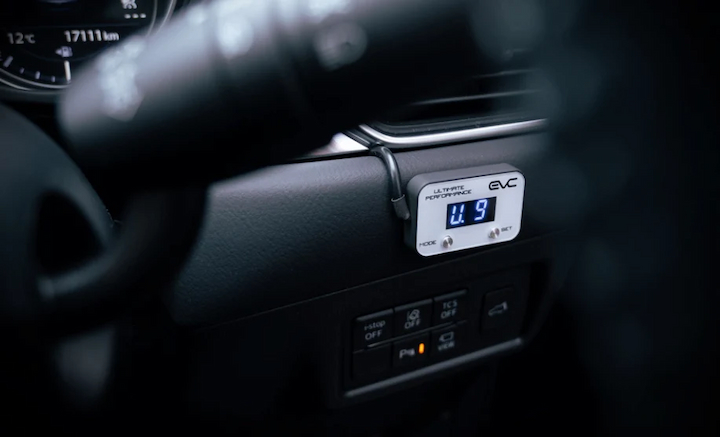
The most important thing to look for when buying an aftermarket throttle controller is quality. What defines quality? Different people will give you different answers, but a quick google search will let you know which brands are the best. EVC (Ultimate9), SihiftPower, Pedal Commander and WindBooster are considered the best by most people. These throttle controllers are at least reliable, and which one is the best for you will depend on your needs and what you expect from the module.
Most throttle controllers are priced at about $300, making them a modest investment. Before you make a buying decision, check to see whether your vehicle features a power/economy mode, and if those modes make enough of a difference. If it doesn’t, and you’re definitely buying an aftermarket module, get familiar with how it works and how it affects your vehicle. The ideal controller should be easy to install and remove. Most modules are plug-and-play options that won’t
That being said, stay away from cheap eBay or Amazon knockoffs, as there are products that send a 100% throttle signal no matter where the pedal is. This can be extremely dangerous in many different situations. Safety should be your number one concern, so getting a cheap throttle controller that hasn’t gone through testing is the last thing you want to do. Stick to Australian-made products, whose manufacturers stand behind and are available should you need any help in installing them is the best way to go.
